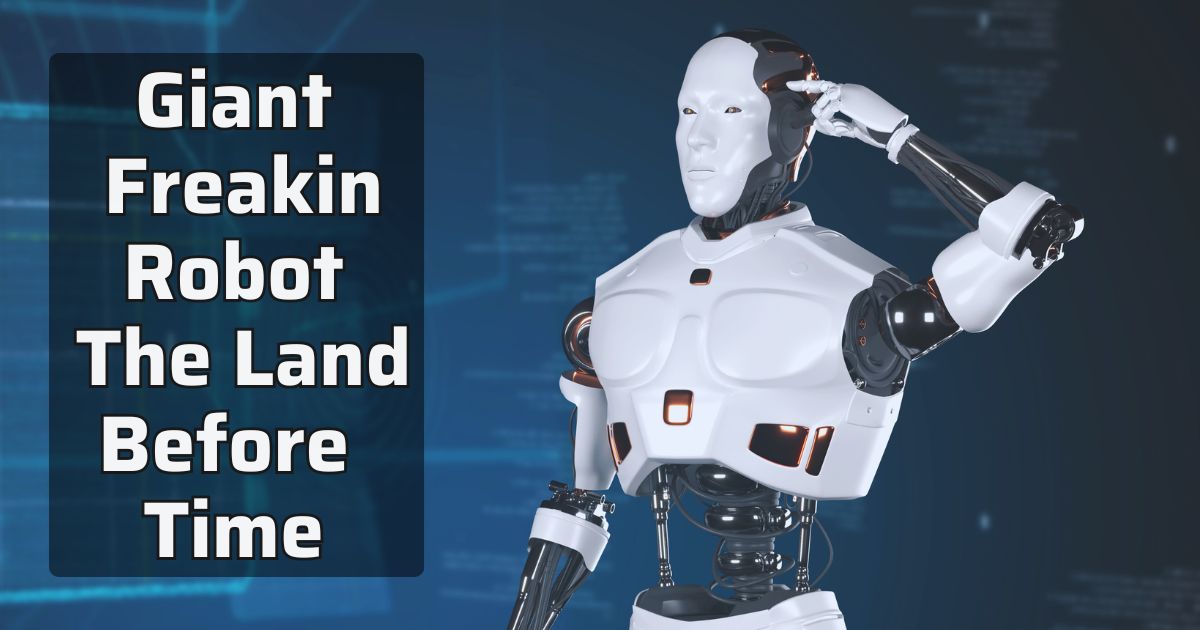Artificial intelligence has transformed various sectors, with voice synthesis technology playing a pivotal role. Among the numerous available models, the Storm the Albatross AI Voice Model stands out for its advanced features and broad applications. This technology represents a significant leap forward in creating lifelike interactions between humans and machines, enhancing user experiences across various fields.
As businesses increasingly seek to improve user engagement, high-quality AI voice models are essential. The Storm the Albatross model not only meets these demands but also opens new avenues for creativity and interactivity in gaming, education, and customer service. This guide will explore the intricacies of this AI voice technology, examining its features, applications, benefits, and ethical considerations.
How the Storm the Albatross AI Voice Model Works
At its core, the Storm the Albatross AI Voice Model utilizes advanced machine learning algorithms to generate speech that closely resembles human voices. These algorithms are trained on extensive datasets containing various accents, tones, and speech patterns. As a result, the model produces outputs that are not only clear but also emotionally engaging. By employing natural language processing (NLP), it comprehends context, tone, and intent, allowing for dynamic interactions.
The training process involves inputting vast amounts of speech data, enabling the model to mimic the nuances of human communication. This extensive training ensures that it can handle diverse conversational scenarios, making it suitable for applications ranging from video games to virtual tutoring. The more data processed, the better it becomes at generating contextually relevant dialogue, ultimately blurring the lines between AI-generated and human speech.
Key Features of the Storm the Albatross AI Voice Model
This AI voice technology is rich in features that enhance user interaction. A key capability is its realistic voice generation, characterized by natural intonation and rhythm. This realism is crucial in sectors like entertainment and education, where user engagement is vital. Additionally, it supports multiple languages, enabling it to cater to a global audience and break down language barriers.
Another notable feature is its emotional intelligence. The model can adjust its tone and speech patterns based on conversation context, making it more relatable and engaging. This adaptability improves user experience and enhances effectiveness in various applications. Furthermore, it can be customized to reflect different personalities, allowing developers to tailor interactions according to their target audience.
Also Read: Soldador Electric Barhaus
Applications of the Storm the Albatross AI Voice Model
The versatility of this technology allows it to be utilized in various applications. In the entertainment industry, it is increasingly employed in video games and animated films, where character voices significantly enhance storytelling. By integrating this model, developers can create dynamic characters that respond to player choices, making each gaming session unique and immersive.
In education, this AI voice technology can serve as a virtual tutor, helping students grasp complex subjects through interactive dialogues. This application is particularly beneficial for learners with diverse educational needs, as the model adapts its explanations based on individual comprehension levels. Moreover, in customer service, businesses leverage this AI to power chatbots and virtual assistants, enabling personalized interactions and improving customer satisfaction.
Benefits of Using the Storm the Albatross AI Voice Model
The advantages of utilizing this AI voice model are manifold. First and foremost, it enhances user engagement by providing relatable and human-like interactions. This engagement is crucial in sectors like gaming and education, where emotional connection significantly impacts user retention and satisfaction. Additionally, the ability to generate high-quality voice outputs reduces the need for traditional voice acting, offering a more cost-effective solution for businesses.
Another key benefit is scalability. This voice technology can be integrated into various applications, allowing companies to expand their offerings without extensive resources. This adaptability makes it an attractive option for startups and established businesses alike. Furthermore, it contributes to improved user experiences by enabling real-time, dynamic interactions that keep users invested in their activities.
Ethical Considerations of the Storm the Albatross AI Voice Model
As with any emerging technology, using this AI voice model raises important ethical considerations. A primary concern revolves around misuse, such as deepfakes and voice impersonation. The ability to create highly realistic voice outputs poses risks, especially if used maliciously to deceive individuals or organizations. Developers and users must remain vigilant about potential abuse and implement measures to prevent it.
Data privacy is another critical issue associated with AI voice models. The training process requires vast amounts of data, sometimes including sensitive information. Ensuring responsible and ethical data handling is paramount for maintaining user trust. Best practices include transparency in data collection, obtaining user consent, and implementing robust security measures to protect sensitive information.
Challenges Faced by the Storm the Albatross AI Voice Model
Despite its many advantages, this AI voice technology faces several challenges. One significant hurdle is maintaining accuracy in speech generation, particularly with complex sentences or specialized terminology. Ensuring coherent and contextually appropriate responses is an ongoing challenge that requires continual refinement.
Public perception and trust issues also pose challenges for the model. As AI voice technology becomes more prevalent, users may grow skeptical about interacting with machines. Building trust involves ensuring transparency about how the model works and its limitations. Developers must proactively educate users on the capabilities and constraints of this AI voice model to foster a positive relationship between technology and users.
Future Prospects of the Storm the Albatross AI Voice Model
The future of this AI voice technology looks promising, with exciting developments on the horizon. Researchers are focusing on enhancing emotional intelligence, aiming to create interactions that are realistic and empathetic. The ability to recognize and respond to emotional cues could revolutionize applications in therapy, education, and customer service, allowing for more meaningful connections between users and AI.
As globalization continues to expand, the demand for multilingual capabilities in AI voice models is expected to grow. Future iterations may include broader language support, enabling users from diverse backgrounds to communicate seamlessly. Additionally, integrating this model with emerging technologies such as virtual reality (VR) and augmented reality (AR) could create immersive experiences that enhance user engagement.
Getting Started with the Storm the Albatross AI Voice Model
For developers and businesses looking to incorporate this technology into their projects, the process is straightforward. Several platforms and services offer access to the model, allowing users to experiment with its capabilities. To implement it effectively, defining the specific use case and desired outcomes is essential.
Once the application context is established, a step-by-step approach can streamline implementation. Start by integrating the model into existing systems, ensuring compatibility with various platforms. Testing and iteration are crucial during this phase; obtaining user feedback can inform necessary adjustments and enhancements. With careful planning and execution, leveraging this AI voice technology can yield impressive results across diverse applications.
Conclusion
The Storm the Albatross AI Voice Model represents a significant advancement in voice synthesis technology, offering a unique blend of realism, adaptability, and emotional intelligence. As this model continues to evolve, it has the potential to transform how we interact with machines, enhancing user experiences across various sectors. From entertainment to education and customer service, the applications are vast and varied, underscoring the technology’s versatility.
As we embrace this innovation, it is essential to remain mindful of the ethical considerations and challenges associated with its use. By fostering a responsible approach to AI voice technology, we can ensure that advancements like this model enhance our lives rather than detract from them. The journey is just beginning, and the possibilities are boundless as we venture into the future of AI-driven communication.










